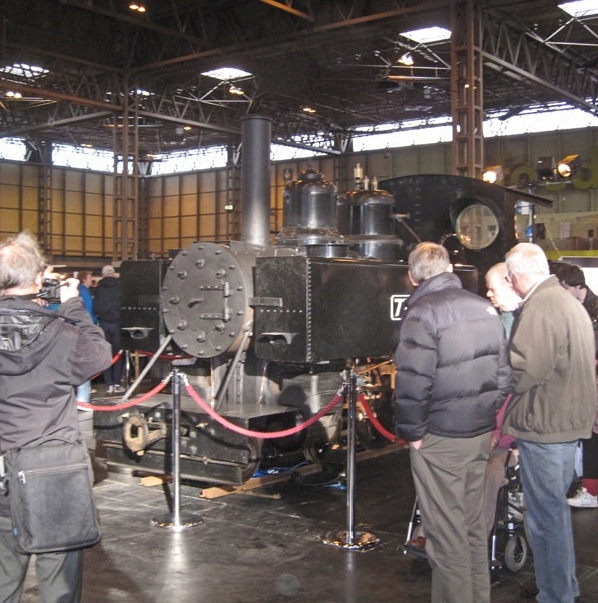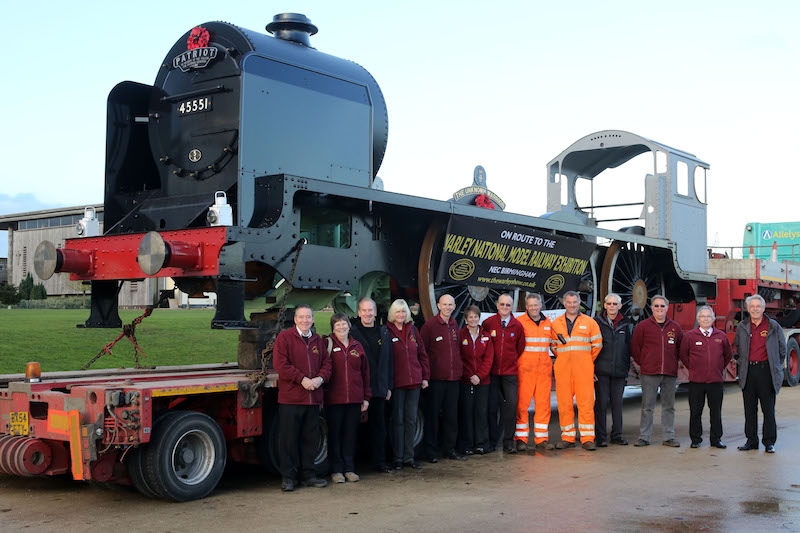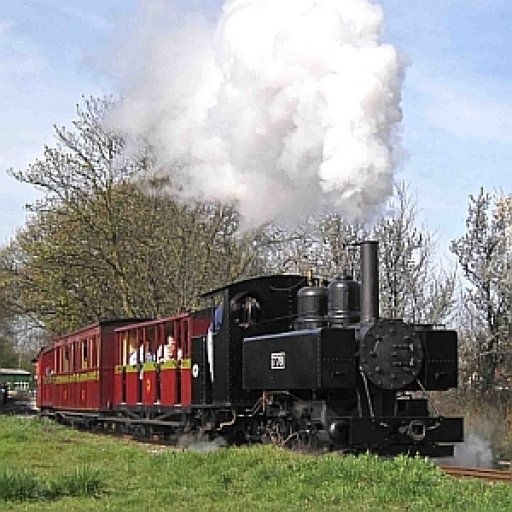The forthcoming Centenary of the First World War, and the crucial role of railways in the conflict, have been highlighted at one of Britain’s biggest model railway shows.
Two historic locomotives, built to work on supply lines to the trenches, were displayed at the National Exhibition Centre, near Birmingham, on November 23rd and 24th 2013.
A partly-built steam locomotive, named The Unknown Warrior, was also on show at the Warley National Model Railway Exhibition. A charitable company, the LMS-Patriot Project, is raising money for its construction with the aim of having it completed in time for the 100th anniversary of the Armistice in 2018.
The two First World War engines were made for the British government’s War Department, which ran a network of narrow gauge railways in northern France to carry ammunition and equipment to the troops fighting on the Western Front.
They’re now to be found hauling tourist trains on the Leighton Buzzard Railway, a heritage line in Bedfordshire.
Critical role
Mervyn Leah, spokesman for the Leighton Buzzard Railway, said: “We are very honoured to have been chosen to provide an early reminder of the Great War centenary, and to highlight the critical role played by narrow-gauge railways in the war zone.
“Our railway has a direct connection with the conflict, as it was built in 1919 for the peaceful purpose of carrying sand, using war-surplus materials and equipment.”
As the fighting on Western Front became deadlocked, all sides resorted to laying light railway tracks to meet the urgent need for transporting men and materials to the front.
The lines, usually built to a gauge of 60cms (just under two feet) and easily improvised, became an increasingly vital part of efforts to keep supplies on the move in countryside where the roads were often non-existent, inadequate or impassable because of shellfire.
The engines on show at the NEC, Birmingham were:
*War Department Light Railways locomotive No. 778 (Pictured below)
 Delivered to British forces in 1917, this was one of 495 engines of distinctive American design built by the US manufacturer, Baldwin, at its Philadelphia works. After wartime service, No.778 spent many years in India. It was rebuilt to working order and original appearance by the Greensand Railway Museum Trust, and is now based at the Leighton Buzzard Railway.
Delivered to British forces in 1917, this was one of 495 engines of distinctive American design built by the US manufacturer, Baldwin, at its Philadelphia works. After wartime service, No.778 spent many years in India. It was rebuilt to working order and original appearance by the Greensand Railway Museum Trust, and is now based at the Leighton Buzzard Railway.
* Locomotive No. 3098
A rare working survivor of a petrol-driven locomotive built for the War Department Light Railways. It was lightly armoured to give protection against enemy fire. Built in Bedford in 1918, No. 3098 was too late for military action and spent its working life in the more mundane surroundings of a Leeds sewage works. The engine is on long-term loan to the Leighton Buzzard Railway from the National Railway Museum in York, and was exhibited with their kind permission.
The LMS Patriot Project is building a full-size replica of an express passenger locomotive belonging to a class which went into service on Britain’s London Midland & Scottish Railway between the two world wars. Endorsed by the Royal British Legion, The Unknown Warrior is intended to serve as a permanent memorial to all those who fought and died in the First World War and all subsequent wars.
The locomotive is under construction at the Llangollen Railway in North Wales. It was transported to the NEC by lorry, stopping on the way at the National Memorial Arboretum in Staffordshire (pictured below), the UK’s centre of remembrance for those who have died in the service of their country.

A short service of dedication for The Unknown Warrior was conducted by railway chaplain Nigel Tansley before the locomotive continued its journey to the Warley National Model Railway Exhibition.
Source: Leighton Buzzard Railway and LMS-Patriot Project
Images courtesy of Leighton Buzzard Railway and Bob Sweet/LMS-Patriot Project
Posted by: Peter Alhadeff, Centenary News
